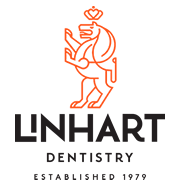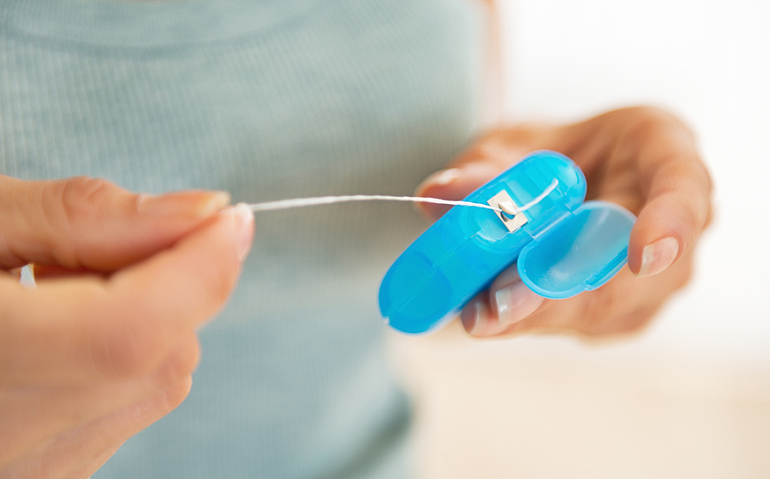
Every time you head to the dentist, you are probably reminded to brush your teeth and floss on a regular basis. Although most people consider brushing their teeth to be a non-negotiable part of their daily routine, far fewer individuals remember to make flossing a priority. Flossing can dislodge pieces of food stuck in your teeth, sure, but it does a lot more. Here are five of the surprising benefits of flossing your teeth on a daily basis.
1. Flossing Prevents Gingivitis
Gingivitis, an inflammation of the gums, can be a painful condition that includes symptoms like bleeding or swollen gums. One of the simplest ways to prevent gingivitis is by flossing regularly, which can remove the plaque buildup on the gum line that leads to the disease.
2. Flossing Helps Control Diabetes
Most people are shocked to hear that diabetes and flossing are related in any way at all. Yet, flossing can have a major positive impact on diabetes in both children and adults. When you don’t floss, bacteria in your mouth builds up at a fast rate. This oral bacteria can affect the glucose levels of your blood, which is a major problem if you have diabetes. To help stabilize blood glucose levels, make sure to floss at least once each day and remove as much bacteria from the mouth as possible.
3. Flossing Reduces Bad Breath
If you have bad breath, you might have already tried some of the common tricks to get rid of it. Brushing your teeth two or three times a day and using mouthwash can certainly help, but it is the buildup of tartar that causes the strongest smells. You can remove the tartar on your teeth by brushing, but flossing can help remove tartar from your gums and in between your teeth. Those with bad breath who begin flossing regularly typically note improvements in their breath within a week.
4. Flossing Reduces the Risk of Respiratory Disease
Your mouth is a direct channel to the organs of your body. While this is a good thing in terms of food making it to your digestive system, it can be a problem when bacteria from the mouth travels down your throat to the respiratory system. Flossing can eliminate some of the oral bacteria that causes bronchitis and even pneumonia.
5. Flossing Can Prevent Heart Disease
Without regular flossing, you might notice that your gums bleed, which is a sign of gingivitis. One of the problems associated with this is that it allows bacteria to enter your bloodstream and attack your organs. Eventually, this can result in heart disease or blood clots. To significantly reduce the risk of heart disease, especially in men, daily flossing is a simple but effective solution.
Flossing can be a handy way to get rid of food stuck between your teeth, but the benefits don’t stop there. Regular flossing can play a role in reducing heart disease, respiratory ailments, bad breath, diabetes regulation and even gingivitis. With so many positive benefits, everyone should make a habit of flossing daily.
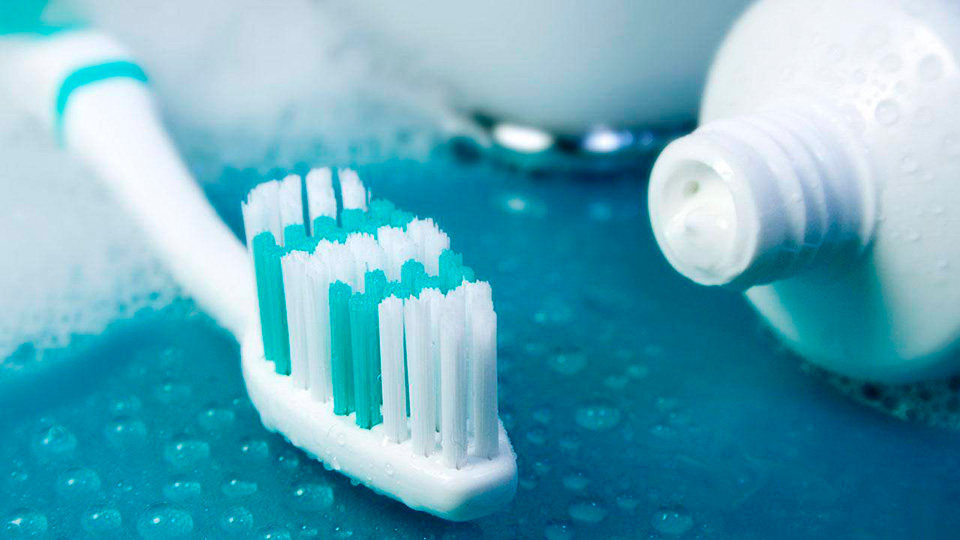
Most of us already know that brushing twice a day can reduce cavities, visiting a dentist near you regularly is important and fluoride is vital for dental health. However, there are also plenty of facts about oral health and hygiene that might surprise you. Here are the top five:
1. Your Spit Could Fill 2 Swimming Pools
The next time you find yourself salivating over a particularly tasty dish, remember that you’re contributing to the incredible amount of saliva produced over your lifetime. The average adult will produce just over 25,000 quarts over the course of their life, which is enough to fill up two whole swimming pools.
2. You Miss One-Third of the Surface When Brushing Your Teeth
Even if you’re careful to brush after every meal, replace your toothbrush often and pick a soft-bristled brush, you might still only be cleaning only two-thirds of your teeth. That’s because one-third of the total surface area of your teeth is unreachable by a toothbrush. Thankfully, flossing can tackle that remaining third and help you achieve complete dental hygiene.
3. Your Toothbrush Can Get You Sick
The general rule of thumb is to replace your toothbrush at least once every three months. After catching a cold or having the flu, however, you should change your toothbrush right away. The bacteria left behind from when you were ill could re-infect you after the fact and get you sick all over again.
4. 80% of Americans Have Gum Disease
Shockingly, a whopping 80 percent of Americans have some kind of gum disease. Sore gums, gums that bleed when you brush or gums that are painful to floss are all signs of gum disease. Frequent brushing and flossing can help reduce your chance of gum disease in the future.
5. Enamel is the Strongest Part of Your Body
No matter how much time you spend working out at the gym, your muscles still aren’t the strongest part of your body. You might be surprised to learn that it’s the enamel on your teeth that’s the toughest substance in the human body.
Although most people think they know all about the basics of dental health, there are still plenty of surprising facts out there. From your impressive saliva production to the potential health hazard of a toothbrush, share these facts with your friends to enjoy some shocked faces.

August 10, 2016, New York, New York – Each year, nationally renowned cosmetic dentistry firm Linhart Dentistry awards a dental scholarship to an exceptional student. Jared Ellinger is the latest to win this $1500 scholarship. The Ohio State University College of Dentistry student impressed the team at Linhart Dentistry with his drive, compassion and desire to benefit others through his skills and learning. “My dream has always been to return to this area with the highest degree of training and expertise, and to raise the standard of care within this community,” Jared said in his application essay.
“We were overwhelmed by the response to the scholarship program, and the decision was certainly not an easy one,” says Dr. Zachary Linhart. “Jared Ellinger’s submission was compelling and inspiring. He really put effort into working his way up to be a dentist and seems to have a real drive to improve not only himself, but the profession as a whole. We couldn’t be more proud to support his impressive academic goals.”
Jared Ellinger’s submission was chosen out of more than 40 that came from across the country. Ellinger is a D.D.S. Candidate, Class of 2018 Veler Scholar, Class of 2018 Treasurer and DACS Vice President, and the Linhart Dentistry team is confident that he will be a valuable asset to his community and the dental profession as a whole.
The following are requirements for those interested in applying for Linhart Dentistry’s dental scholarship:
- Students must be entering the second to fourth year of dentistry school.
- Applicants should answer the question, “How has the time you have spent in dental school altered or reinforced your personal vision of dentistry and how you want to practice?”
- The essay should be no longer than 500 words and should be submitted to info@drlinhart.com.
Previous winners may not reapply. Interested parties can learn more by visiting www.drlinhart.com.
About Linhart Dentistry
Linhart Dentistry is an internationally renowned cosmetic dental practice in New York, NY, and was founded by Dr. Jan Linhart. A graduate of the New York University College of Dentistry with over 30 years of experience, Dr. Linhart developed his own laser whitening system, PearlinBrite. Together with his son, Dr. Zachary Linhart, he leads a dynamic team of experts who offer a full spectrum of cosmetic and restorative dental services.
Contact Information:
Linhart Dentistry
230 Park Ave. #1664
New York, NY 10169
(212) 682-5180
email: info@drlinhart.com
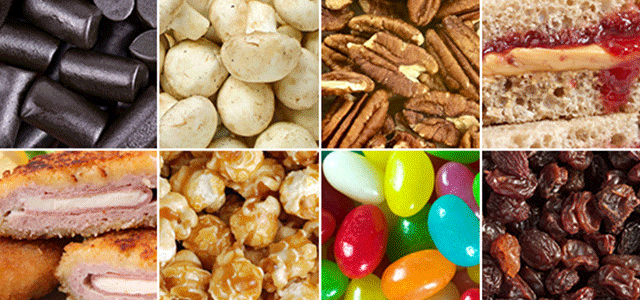
Even if you’re careful to eat foods that are good for your overall health, you could still be doing damage to your teeth. Certain foods and beverages, especially those that are particularly sweet or sticky, have the potential to cause cavities and even damage the enamel on your teeth. However, even some healthy food items can be bad for your dental health. Here are the most surprising food and drink culprits that you should do your best to avoid.
Dried Fruit
Although dried fruit can contain lots of vitamins and minerals, it is not a smart food choice for your oral health. Since most dried fruits are incredibly high in sugar as well as very sticky, they get stuck between your teeth until the next time that you floss. This constant stream of sugar feeds bacteria in the mouth and can lead to bad breath as well as cavities. If you enjoy eating dried fruit, be sure to brush and floss immediately after eating.
Pickles
Since pickles are low in both calories and sugar, they might seem like a naturally healthy snack to enjoy at any time of the day. Unfortunately, however, pickles contain large amounts of vinegar. Eating pickles on a regular basis can contribute to the erosion of your enamel, which leads to staining and tooth discoloration.
Red Wine
It is not at all uncommon to read about the heart-healthy benefits of red wine, but there are also some dental drawbacks that might surprise you. The tannins that cause red wine to taste dry also reduce saliva production, which can be bad for dental health. Plus, those same tannins soften tooth enamel and can lead to stains.
Sports Drinks
After a hot day outside or an hour of physical activity, you might reach for a re-hydrating sports drink rather than a soda. What you might not realize is that many sports drinks are packed with sugar, which can be just as bad for your teeth as a cola. If you enjoy sports drinks, just make sure that you drink them all at once. The worst thing to do is slowly sip the drink over several hours, which gives bacteria a steady stream of sugar.
Any local dentist in your area would tell you to avoid sugary and sticky foods. However, these surprising dental culprits should also be avoided whenever possible.
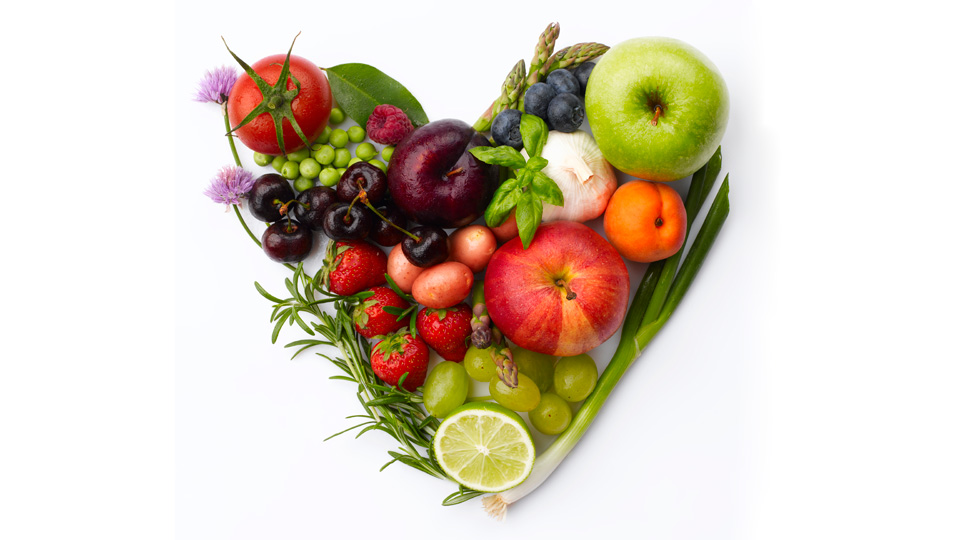
Most people think of oral care as visiting the dentist frequently, flossing and brushing their teeth. You might be surprised to learn, however, that what you eat can actually play a big role in the health of your teeth. Certain natural foods can strengthen the enamel of your teeth as well as the structural integrity of your teeth over time. Here are some of the foods you will want to include in your diet in order to enjoy stronger, whiter and healthier teeth in the future.
Dairy Products Like Milk, Yogurt and Cheese
You might already know that dairy products are good for you because of the calcium and protein that they offer the body. What you might not know is that the calcium found in dairy can have a big part in how healthy your teeth are. Calcium, which is found in milk, cheese, yogurt and even ice-cream, is a key player in strengthening the enamel of the teeth. When you add in how important calcium is for jaw bone strength, it is clear to see why dentists recommend dairy products to their patients.
Celery: A Natural Toothbrush
Celery has long been a dieter’s friend, but now it is also a great food to include in your diet for your dental hygiene. The high fiber content of celery acts as a type of broom on your teeth, sweeping away anything clinging to the surface of each tooth. In addition, celery takes a long time to chew, which results in extra saliva and a perfect pH balance in the chewer’s mouth.
Strawberries for Whiter Teeth
Eating a handful of strawberries can lead to some red and sticky fingers, but these sweet berries won’t have the same effect on your teeth. In fact, strawberries can actually help to whiten your teeth and keep them strong. Their Vitamin C works to keep the whole mouth healthy, and their malic acid removes tartar as you chew. Just incorporating a few strawberries into your daily diet could result in noticeably whiter teeth over time.
Leafy Green Vegetables
Doctors in every area of health would probably recommend that their patients consume leafy green vegetable as often as possible, but you might be surprised to hear your dentist say it. The reason that foods like broccoli, kale and spinach are so great for your teeth has to do with their high Vitamin K content, which can help maintain strong bones and teeth. In fact, some dentists argue that Vitamin K is just as important as calcium when it comes to healthy teeth.
Fish Rich in Vitamin D
One of the best foods for your teeth are sardines, but any type of fish will be a good choice. Sardines are packed with Vitamin D and calcium, which are both necessary for healthy teeth. Plus, their edible bones are full of fluoride to protect your teeth from cavities.
Dental hygiene goes way beyond just caring for your teeth with a toothbrush and floss. Incorporating key foods like the ones on this list can go a long way in strengthening and even whitening your teeth naturally.
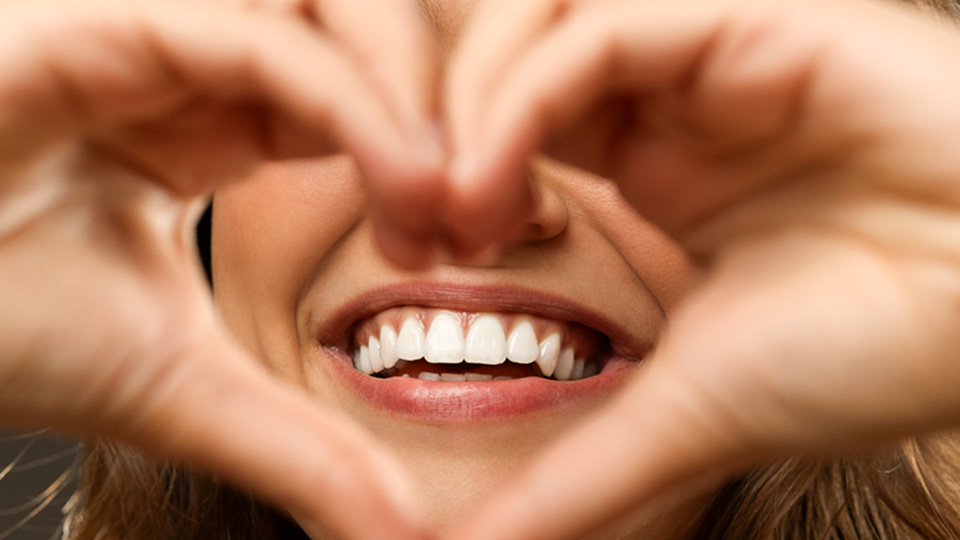
If you were to poll 100 people and ask them what their oral hygiene routine consists of, the chances are good that most people would simply mention brushing their teeth twice a day. Although brushing your teeth is obviously an important part of any dental hygiene routine, there is a lot more involved. Taking care of your teeth can go more than just give you pearly whites. It can help reduce your chance of respiratory disease, heart problems and even diabetes. Here are the key things that you should always do in order to enjoy great dental health and hygiene.
Visit the Dentist Regularly
One of the things that people often avoid in terms of dental health is visiting the dentist. The reasons for visiting your dentist are numerous, and they include getting a thorough cleaning, checking your mouth for potentially cancerous lesions and reminding you about proper procedure for brushing and flossing. In addition, dentists can point out any dental problems before they become serious issues. Most people would much rather go in for a cleaning than a cavity drilling, for example.
Brush With a Soft-Bristled Toothbrush
Everyone should make a habit of brushing their teeth at least twice each day. Although some people think that brushing with vigor and a hard-bristled toothbrush will get rid of plaque best, that is a common misconception. Choose a soft-bristled brush instead, and select a toothpaste that contains fluoride. You will want to brush for two to three minutes at a time, and you do not want to forget about your cheeks. Bacteria often lives on the inside of your cheeks, and giving them a quick brush can help improve breath.
Eat a Tooth-Healthy Diet
Oral health and hygiene do not stop when you leave the bathroom. The food that you eat throughout the day can either help or harm your mouth health, and you should try to make great choices at every meal and snack. Instead of hard candies or sodas, which feed the bacteria that causes bad breath and leads to plaque buildup, opt for fiber-rich veggies that can clean the surfaces of your teeth with every bite. Calcium, protein and Vitamin K are other key nutrients to include in your diet.
Floss Daily
If you do not floss, you may only be cleaning two-thirds of your teeth on a regular basis. Flossing can dislodge any small pieces of food between your teeth, and it also reduces bad breath and helps reduce the risk of gum disease. You want to use the floss to clean the gum line, but it should not be painful. If it feels uncomfortable, then look for thin floss that is better able to clean between teeth without any discomfort.
Along with flossing daily, brushing your teeth twice a day, eating a healthy diet and visiting the dentist regularly, you should be observant. Keep an eye out for swollen gums, lesions in the mouth or bleeding when you floss, all of which can be a sign of serious dental problems in the future.
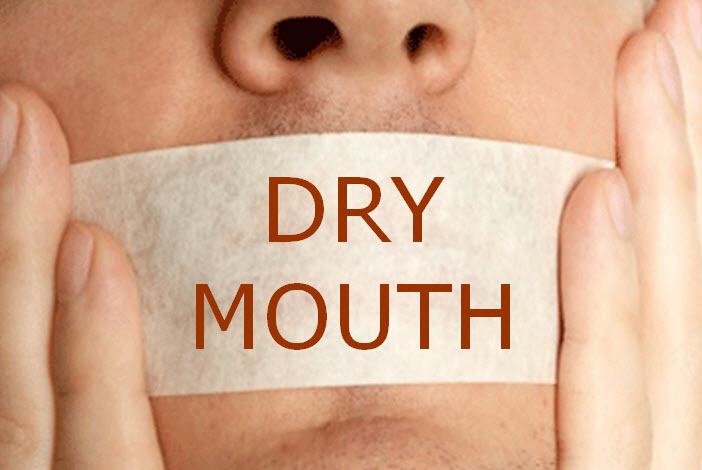
Everyone has experienced a dry mouth during stressful situations such as an oral presentation or an intense job interview. However, if your mouth continually feels like the Sahara desert, you may have xerostomia, a condition marked by a decrease in saliva production. Saliva is an essential component of good oral health because it lubricates the mouth, neutralizes acids that attack the tooth enamel and helps kill the oral bacteria that cause tooth decay and gum disease. It also contributes to your ability to taste and helps you digest food. Here are the facts about this condition that can wreak havoc on your oral health, digestive health and quality of life.
What are the Causes of Dry Mouth?
The following are the most common reasons for decreased saliva flow:
- Lifestyle: Engaging in bad habits can contribute to a dry mouth. Smoking or using other tobacco products, drinking alcohol, consuming too much caffeine and breathing through your mouth rather than your nose are all risk factors for xerostomia.
- Medical Conditions: A host of health problems can lead to a dry mouth, including diabetes, Sjogren’s syndrome, rheumatoid arthritis, hypertension, anemia and HIV. Health problems that cause dehydration, such as illnesses involving fever and diarrhea, can also leave the mouth feeling parched.
- Drink lots of water
- Avoid foods and beverages that cause dehydration, such as salt, alcohol and caffeine
- Eat sugarless hard candy
- Brush with a fluoride toothpaste for optimal protection against dental erosion and decay
- Use an over-the-counter mouth rinse or gel that is formulated to moisturize the mouth
When to Seek Professional Care for Xerostomia?
If at-home care does not alleviate your dry mouth, you should see your dentist to determine if you need further treatment, which may include a prescription medication to stimulate saliva production. If your dry mouth is caused by a health condition or one of the medications you are taking, consult with your physician to find out if your treatment plan can be altered so that you can obtain some relief from your xerostomia.
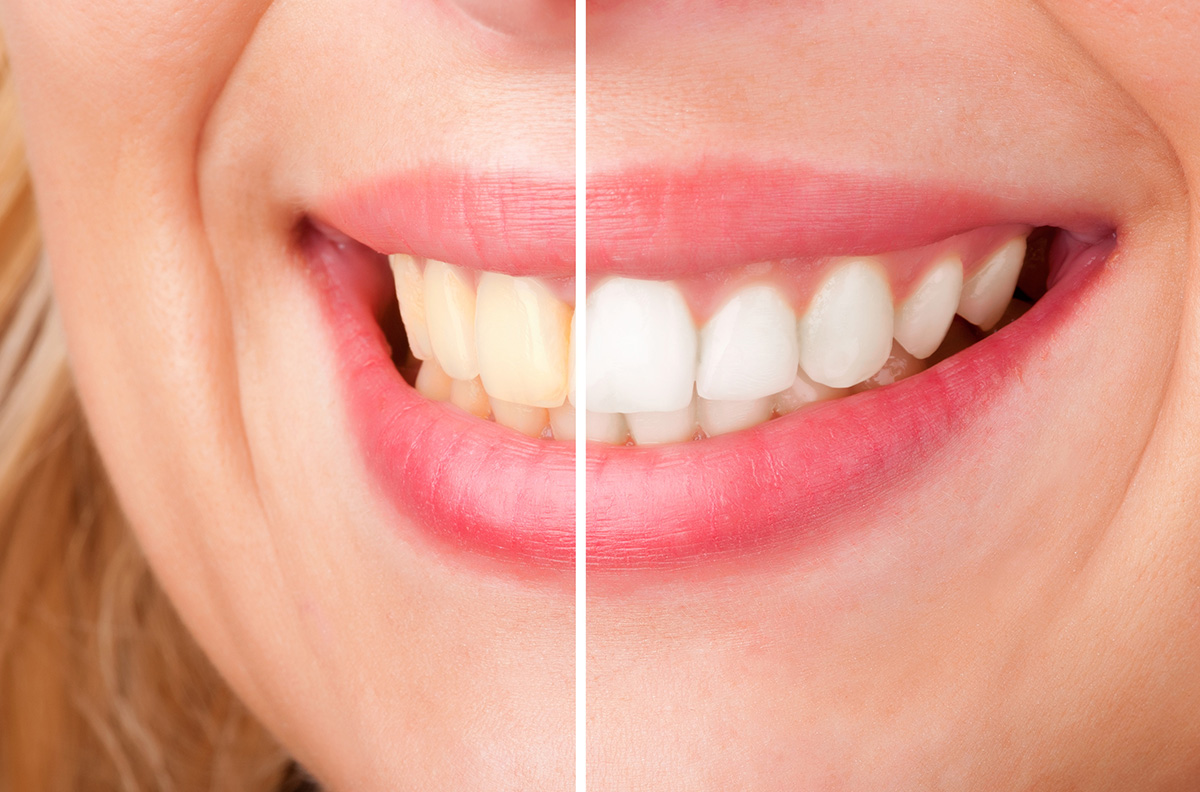
With the advent of inexpensive, effective new teeth whitening procedures and products, it’s never been easier to claim the dazzling smile you’ve always wanted. Talk to your local dentist about these five painless teeth whitening strategies .
1. Whitening Toothpastes
Whitening toothpaste use gentle abrasives or polishing agents like hydrogen peroxide to scrub surface stains from the enamel. While whitening toothpaste don’t deliver dramatic results – they’re capable of whitening teeth one to two shades – they’re safe, affordable and available over the counter.
2. Whitening Trays
Whitening trays require a bit more effort than toothpaste, but they deliver powerful results: Over the course of a few weeks or months, tray-based whiteners can brighten teeth by three to five shades. The secret lies in a gentle, yet effective peroxide-bleaching solution that releases over time. It’s safe to wear most whitening trays during the overnight hours for up to 30 consecutive days. For particularly tough stains, your dentist may recommend an even longer treatment period.
3. Mouthwash-Style Whitening Rinses
Gentle whitening rinse can be used in conjunction with whitening toothpaste as part of your daily cleaning routine. Most brands must be swished for one to two minutes and are capable of whitening teeth by one to two shades. The effects may be magnified by the concurrent use of whitening toothpastes, but results vary by brand.
4. Whitening Strips
Like tray-based whiteners, whitening strips are form-fitting products that can be worn for longer periods of time. Most strips are clear and contain concentrated doses of a gentle peroxide solution that scrubs away surface stains and brightens the underlying enamel. Dentists in your area may recommend an initial treatment period of two weeks with an optional follow-up cycle.
5. Office-Based Whitening Procedures
Although it’s a bit pricier than most over-the-counter products, in-office whitening produces dramatic, sustained results after just one or two visits. The procedure begins with an initial application of a bleach-based or peroxide-based whitening agent and continues with the targeted delivery of heat and light via a carefully calibrated laser. Since in-office whitening agents are subject to rigorous testing procedures that have been approved by the American Dental Association, you won’t have to worry about being exposed to unproven or unhelpful chemicals during a visit with your local cosmetic dentist. Each treatment takes less than an hour.
Don’t resign yourself to another season of unsightly teeth. Talk to your dentist about setting up a personalized teeth whitening plan that makes you proud of your smile again.

When it comes to putting a stop to a baby or toddler’s habit, thumbsucking has to be one of the most challenging. After all, it is not an option to take the thumb away as a parent would do with the bottle, pacifier or blanket.
Why Do Babies Suck Their Thumbs?
One of the reasons that putting a stop to thumbsucking is so difficult for parents is that it is a natural activity for babies. They did it in the womb and most, if not all, will continue to do it outside the womb, whether it is sucking their thumb, toes, a pacifier or anything within reach. After some time, babies can rely on thumbsucking as their only means to soothe themselves.
Why Should Thumbsucking Be Stopped Sooner Than Later?
If this habit continues into toddlerhood when a child is 2 years old and beyond, thumbsucking may begin to impede language development, have an effect on tooth development and put unnecessary pressure on a child’s jaw. This may eventually lead to a child needed braces or Invisalign. So, the big question now is, how to stop thumbsucking. Not only how to stop thumbsucking, but how to do it in a manner where a child will not have a complete and total meltdown for what seems like an eternity. Read on for the top 5 tips on how to stop thumbsucking once and for all!
5 Ways to Stop Thumbsucking
1. Limit thumbsucking to times and/or places when the child needs it most.
For example, most children tend to suck their thumbs to help them fall asleep, calm down after a tantrum or when they are encountering an anxiety provoking situation. Attempt to prevent thumbsucking during any other times, such as when playing in the park, sitting at the dinner table or watching television. This will diminish the frequency of thumbsucking and help slowly wean them off for good.
2. Germs, germs and more germs!
Explain how many germs end up on hands throughout the day and how unsanitary thumbsucking can be. Of course, do so in a child’s language so he/she understands what unsanitary means. Explain that little bugs called germs live on children and adults’ bodies, especially on hands because that is what we use to touch everything. If we suck our thumbs, those germs end up in our mouth and eventually in our bellies. This makes us sick and may keep us from being able to play with our friends and play outside.
3. Provide regular praise
Any time a child is observed not sucking his or her thumb, they should be praised so they realize they are not just being told when not to do it, but are also being reminded and praised when they are remembering not to. Children need regular praise throughout the day, regardless of the habit that is being encouraged or prevented.
4. Talk to children about thumbsucking
Ask them why they suck their thumbs? How does thumbsucking make them feel? What else can they do instead of suck their thumbs? Offer suggestions that don’t require another object to hold or always have with them. Give them a hug and encourage them to talk to you when they feel anxious, scared, sad or tired. Show children that you are able to help them get past any obstacle, thumbsucking included. This will carry on into bigger, more serious conversations and issues later on in life.
5. Glove up!
Last but not least, take the proactive approach and, while also considering the above four suggestions, get a fun, thumbsucking glove to help remind children not to place their thumb in their mouth. For example, the Glovey Huggey is a glove with a thumb guard and cutouts for the rest of the fingers. It is available with fun prints and patterns and kids will actually want to wear it.
Any tips we missed? Leave them in the comments!
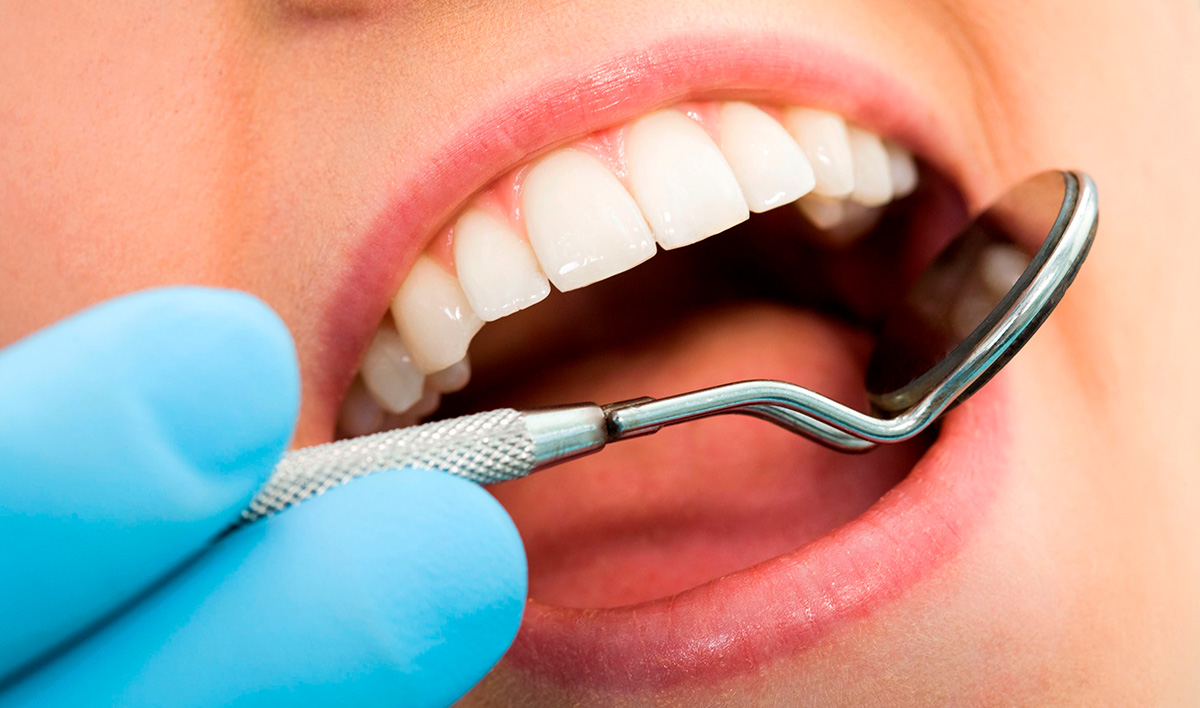
It is not unusual to read or talk about the importance of proper oral hygiene, but not everyone inherently knows what that entails. Even adults who have been visiting their local dentist for years might not fully understand what tasks should be included in their everyday schedule. For ideal dental hygiene, this is what your daily oral health routine should look like
Brush Your Teeth at Least Twice Each Day
The backbone of a great dental health routine is brushing your teeth twice each day. You should always use a toothbrush that can easily reach the teeth in the back of your mouth, and it should be soft-bristled. Brush over all of the surfaces of your teeth, and be sure to use a toothpaste that contains fluoride.
Daily Flossing
Flossing on a regular basisis one of the habits that often gets overlooked by adults. Once a day, use at least 1 foot, or 12 inches, of dental floss. Hold one end of the floss in each hand and use it carefully along the gumline between every single tooth in your mouth. In some cases, it can be hard to reach certain teeth with dental floss. However, that’s no excuse to skip an area. A dental pick of some kind should be used instead.
Scrape Your Tongue Daily
Scraping your tongue is a key way to remove bacteria from your tongue. If you suffer from halitosis, or bad breath, this simple act can make a serious difference. Many toothbrushes have a tongue scraper attached to the back of the brush for your convenience or your can purchase a seperate tongue scraper like these from Healthy Top 10s.
Rinse With Mouthwash Daily
Mouthwash is an effective way of reducing plaque in your mouth, and it has been proven to reduce gum disease in many adults. Rinse with mouthwash once a day for up to 90 seconds, but be sure not to swallow the liquid.
Enjoy a Varied and Nutrient-Dense Diet
Believe it or not, the foods that you eat can also play a significant role in your dental hygiene. Either through diet or supplements, make sure that you are taking in key vitamins like calcium on a daily basis.
Along with visiting a local dentist in your area regularly, maintaining a daily routine is key for great dental health. Brushing twice daily, flossing, using mouthwash, eating a varied diet and scraping your tongue should all be used in conjunction for better oral health.
